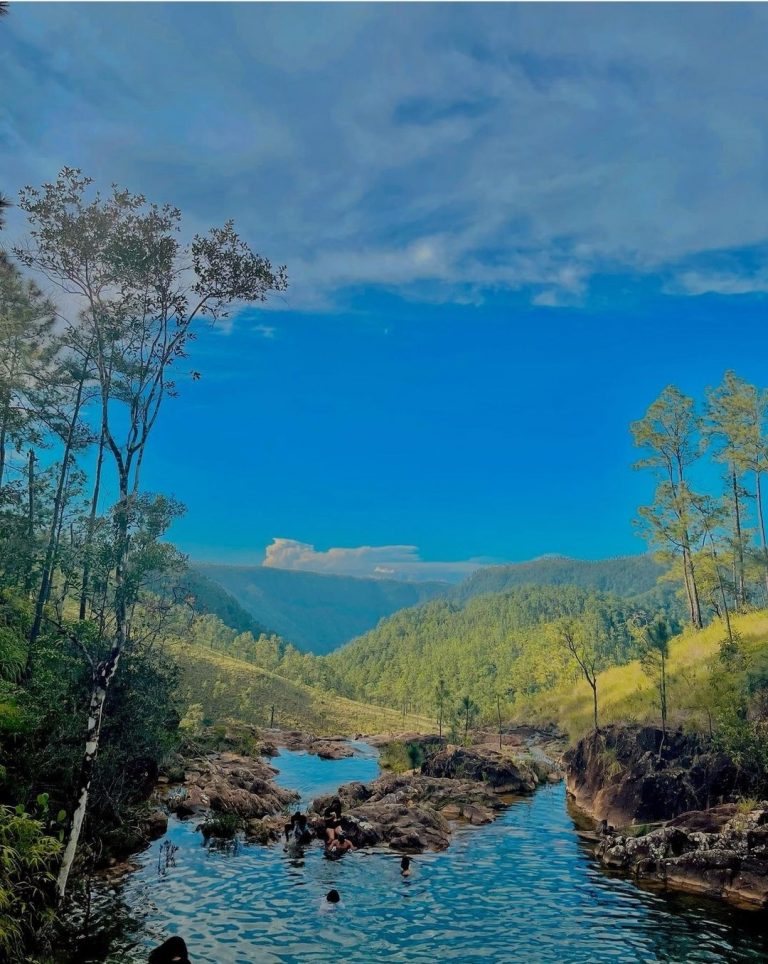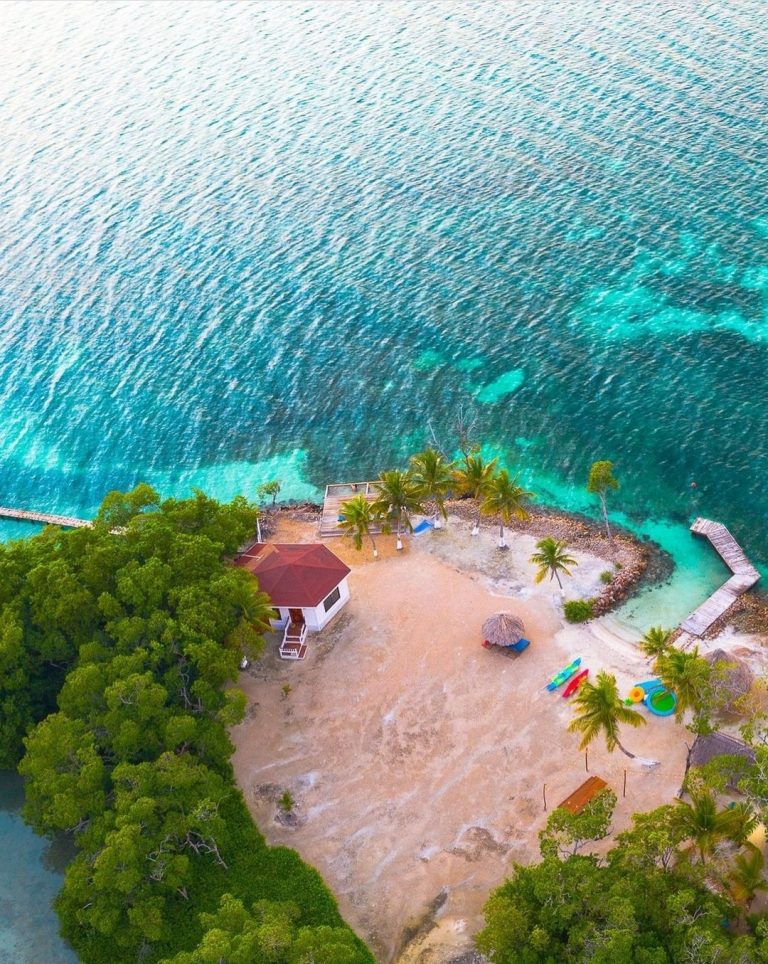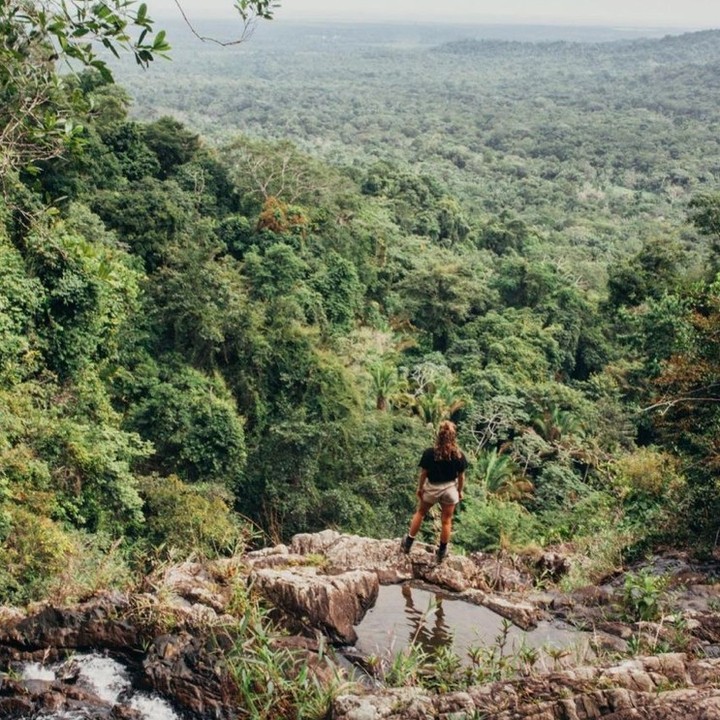Cultura
Desde el momento en que llega a Belice -ya sea un viajero de aventura, parte de un viaje familiar o esté en el país para unas relajantes vacaciones en la playa- la gente y la cultura de Belice le hacen sentir bienvenido y cómodo. Nuestro objetivo es que siempre se sienta como en casa, aunque no esté cerca de ella.
MESTIZO
Aproximadamente el 48% de la población beliceña es mestiza, es decir, una mezcla de las culturas española y maya. Muchos de ellos emigraron de México a mediados del siglo XIX, huyendo de la Guerra de Castas. Los mestizos se encuentran en todo Belice, pero la mayoría tiene su hogar en las regiones norteñas de Corozal y Orange Walk, o en el distrito occidental de Cayo. También pueden encontrarse en las islas del norte.
GARIFUNA
Los descendientes de los garífunas representan alrededor del 6,6% de la población de Belice. Con su propia lengua y cultura, los garífunas son descendientes de esclavos africanos, tribus caribeñas e indios arawak. Este grupo domina las ciudades sureñas de Punta Gorda y Dangriga, así como los pueblos de Seine Bight, Hopkins, Georgetown y Barranco. El 19 de noviembre se celebra el Día del Asentamiento Garifuna en honor a la primera llegada de los garífunas a Belice en 1832.
MENNONITES
Los menonitas empezaron a llegar a Belice en 1958 desde Canadá, Chihuahua y México. Residen en los distritos de Orange Walk y Cayo en seis comunidades principales: Blue Creek, Shipyard, Little Belize, Progresso, Spanish Lookout y Barton Creek. Fácilmente identificables por su vestimenta, las mujeres con bonetes y vestidos largos y los hombres con monos vaqueros y sombreros, los menonitas se han empeñado en tener su propia escuela, iglesia e institución financiera en su comunidad.
KRIOLS
Los krioles constituyen el 30% de la población de Belice. Son descendientes de los primeros colonos británicos y de los esclavos africanos, que llegaron a la región a principios del siglo XIX. Dos tercios de la población kriol residen en Ciudad de Belice.
INDIOS DEL ESTE
Los habitantes de la India oriental empezaron a llegar a Belice a partir de 1838, y ahora representan alrededor del 2% de la población. Muchos indios orientales llegaron al país como sirvientes, pero se quedaron para trabajar en las plantaciones de azúcar. Los descendientes de indios están ahora repartidos por todo Belice en muchos pueblos, así como en las grandes ciudades de los distritos de Corozal y Toledo.
CHINO Y TAIWANÉS
En un intento de escapar de la invasión japonesa de China justo antes de la Segunda Guerra Mundial, muchos chinos emigraron a Belice. En la actualidad, viven en el país unas 6.000 personas de ascendencia china. Más recientemente, el gobierno beliceño ofreció un programa de ciudadanía económica, por lo que muchas personas de ascendencia taiwanesa también han emigrado a Belice para establecer negocios.
ORIENTE MEDIO
Los descendientes de Oriente Medio constituyen un pequeño grupo de beliceños. Llegados a finales del siglo XIX, estos grupos tienen una fuerte presencia como comerciantes en pueblos y ciudades de todo Belice.














